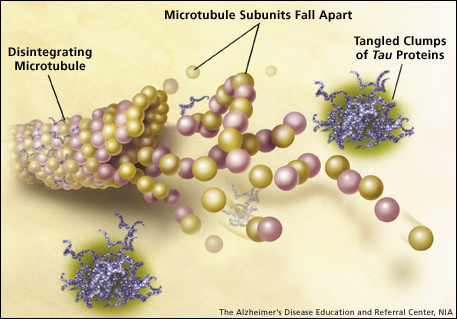Alzheimer's Research in Iceland Featured In The New York Times
The New York Times recently published an article documenting a breakthrough in Alzheimer's research from a study led by DeCode Genetics, an Icelandic company. Read on for highlights from the article:
“A study of a rare gene mutation that protects people against Alzheimer's disease provides the strongest evidence yet that excessive levels of a normal brain substance, beta amyloid, are a driving force in the disease — bolstering hopes that anti-amyloid drugs already under development might alter the disease's course or even prevent it.
The protective mutation, whose discovery was reported online Wednesday in the journal Nature, is highly uncommon — it is not the reason most people do not develop Alzheimer's. But what intrigues researchers is how it protects the brain.
Mutations that cause Alzheimer's lead to excessive amounts of beta amyloid in the brain; by contrast, the protective mutation slows beta amyloid production, so people make much less.
The discovery of the protective gene mutation, a product of the revolution that has taken place in genetics, arose when researchers scanned the entire DNA of 1,795 Icelanders.
About 1 in 100 had a mutation in the gene for a large protein that is sliced to form beta amyloid. Then the investigators studied people who had been given an Alzheimer's diagnosis, and a group of people 85 and older. Those with the mutation appeared to be protected from Alzheimer's disease.
The investigators, led by Dr. Kari Stefansson, chief executive at DeCode Genetics, an Icelandic company, looked at genomes of North Americans and found the gene mutation in only about 1 in 10,000 people. That indicates, Dr. Stefansson said, that the mutation arose relatively recently in Scandinavia.
The protective gene even appears to override a very strong risk factor for Alzheimer's disease in old age — two copies of a gene known as ApoE4. Ninety percent of people with two ApoE4 genes get Alzheimer's by age 80. But Dr. Stefansson says there are 25 people in his study with two copies of ApoE4. None have Alzheimer's disease.”
***

Healthy nerve cells in the brain (neurons) have support structures called microtubules, which guide nutrients and molecules from the cell’s body down to the ends and back. A special kind of protein,tau, makes the microtubules stable. Tau is changed chemically in people with Alzheimer’s disease. It begins to pair with other threads of tau and they become tangled up together. When this happens, the microtubules disintegrate, collapsing the neuron’s transport system. This may result first in communication malfunctions between neurons and later in cell death.
Healthy neurons get overwhelmed as these plaques and tangles take over brain areas. Eventually these neurons can no longer function properly and die. The damage to neurons spreads to the hippocampus, which is the part of the brain that is necessary for forming memories. AD brains show a large loss of nerve cells (neurons) in the cerebral cortex and somewhat greater in the frontal and temporal areas. The death of these neurons makes the brain shrink.
This post is really true about the importance of early detection of Alzheimer’s disease and how it can change the life of the patient and the family.
ReplyDeleteAlzheimer’s clinic Toronto